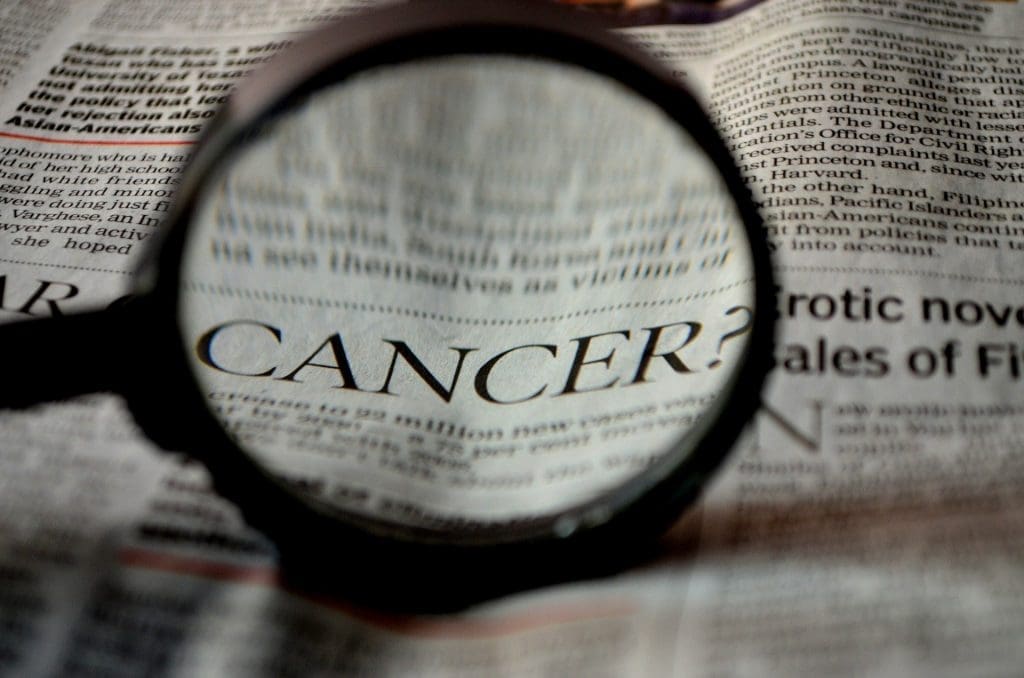There are two words that are often used to describe cervical cancer: Silent and Deadly. This is because it is a disease that starts out slow and keeps growing, rarely showing any symptoms earlier on in the preliminary stages.
There are well over 900 cases (from females) of cervical cancer that will be diagnosed in 2018 in Australia according to statistics from the Australian government. There are chances that many of these will be too late for any type of effective treatment in order to curb the disease. The same statistics from the government show an estimated 250+ deaths that may occur from cervical cancer in 2018.

So just how can one avoid cervical cancer? Read on and find out ways to avoid cancer. If you have been diagnosed or an loved one has learn how to help a loved who has cancer.
1. Safer Sex Practices
If you are one to have many sexual partners, you may be putting yourself at greater risk of developing cervical cancer. This is because unsafe sex leads to a significantly higher risk of HPV in women and that also increases the risk of cervical cancer as a result.
Using condoms during sex allows you to be safe from sexually transmitted diseases, especially if you’re sexually active. Unprotected sex is not at all recommended by medical professionals as it leads to STDs, increasing your chances of HPV and the resulting (precancerous) changes to your cervix, which is often a precursor to cervical cancer.
HPV can infect areas no covered by condoms so that means both partners need to vaccinated for HPV in order to fully safeguard yourself from the risk of cervical cancer in addition to using a condom for your male partner.
2. Pap Smears and Looking for Abnormalities
Getting pap smears every three years before you’re 30, from the time you are 21 is recommended, this is important to detect abnormal changes in your cells with further information available at targetingcancer.com.au. This is to take appropriate action before cancer starts to develop around your cervix area. After 30 the frequency should be once every 5 years provided that your HPV testing with the pap smears is negative.
3. Vaccinations are Crucial
As described above, it is crucial to get HPV vaccinations if you are to protect yourself from it and the risk of cervical cancer.
Australia is proactive in dealing with this very real threat of cervical cancer by promoting a vaccine called Gardasil 9 to protect against 9 different types of HPV which causes 90% of cervical cancers in women and 95% of HPV-related cancers in Men. In addition to that this vaccine protects against 90% of genital warts.
This vaccine is administered via the school-based National HPV Vaccination Program. The use of Gardasil 9 commenced in 2018. Before that only Gardasil was used from the 10 years between 2007 and 2017, and prevented only 4 types of HPV.
They are also raising awareness of HPV in schools so that the threat of HPV and cervical cancer can be curbed. If you haven’t taken the vaccine, it can be taken until you are 26 years of age.
4. Quit “Lighting One Up for Old Time’s Sake”
You should really think about and quit smoking. This has been known to double your risk of contracting cervical cancer. This is because tobacco by-products lead to damaged DNA in the cervical cells, and help cervical cancer develop.




